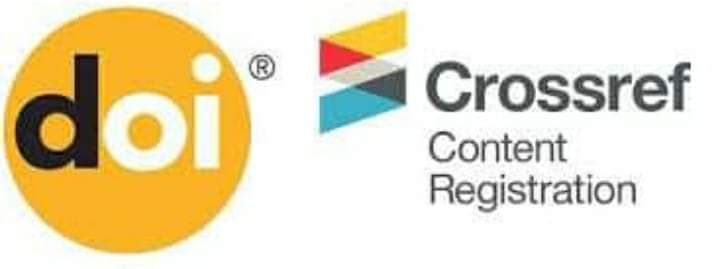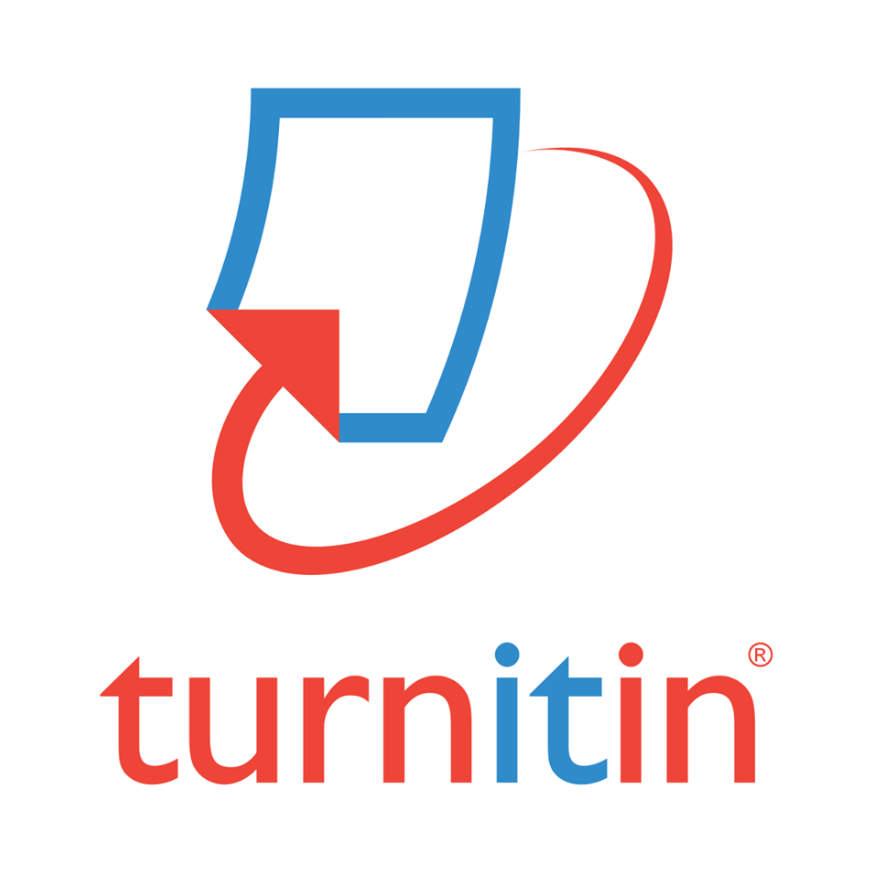Review Study of Chiral N-Heterocyclic Carbene (NHC) Ligands in Stereoselective Metal-Catalyzed Reduction Reactions
DOI:
https://doi.org/10.37375/sjfssu.v2i1.210Keywords:
N-Heterocyclic Carbene, Asymmetric Catalysis, Stereoselective Hydrogenation of olefins, Stereoselective Hydrosilylation of olefins, Transfer Hydrogenation of ketones,Abstract
Stereoselective metal-catalyzed reactions using N-heterocyclic carbene (NHC) ligands have shown significant recent advances, due to the ability of NHC ligands as strong σ-donor species to coordinate with a wide variety of transition metals. Therefore, the design of new ligands and the subsequent strategies for their synthesis enables new applications of their metal complexes in catalysis to be investigated. This study focuses on the applications of different classes of Ir-, Pd-, Au- and Rh-NHC ligand complexes as promising catalysts in the asymmetric hydrogenation, hydrosilylation and transfer hydrogenation reactions.
References
César, V., Bellemin-Laponnaz, S., & Gade, L. H. (2004). Chiral N-heterocyclic carbenes as stereodirecting ligands in asymmetric catalysis. Chemical Society Reviews, 33(9), 619-636. https://doi.org/10.1039/B406802P
Arduengo, A. J., Harlow, R. L., & Kline, M. (1991). A stable crystalline carbene. Journal of the American Chemical Society, 113(1), 361-363. https://doi.org/10.1021/ja00001a054
Clavier, H., Coutable, L., Toupet, L., Guillemin, J.-C., & Mauduit, M. (2005). Design and synthesis of new bidentate alkoxy-NHC ligands for enantioselective copper-catalyzed conjugate addition. Journal of Organometallic Chemistry, 690(23), 5237-5254. https://doi.org/10.1016/j.jorganchem.2005.04.027
Perry, M. C., & Burgess, K. (2003). Chiral N-heterocyclic carbene-transition metal complexes in asymmetric catalysis. Tetrahedron: Asymmetry, 14(8), 951-961. https://doi.org/10.1016/S0957-4166(03)00037-5
Lightfoot, A., Schnider, P., & Pfaltz, A. (1998). Enantioselective Hydrogenation of Olefins with Iridium-Phosphanodihydrooxazole Catalysts. Angew Chem Int Ed Engl, 37(20), 2897-2899. https://doi.org/10.1002/(SICI)1521-3773(19981102)37:20<2897::AID-ANIE2897>3.0.CO;2-8
Gade, L. H., & Bellemin-Laponnaz, S. (2007). Mixed oxazoline-carbenes as stereodirecting ligands for asymmetric catalysis. Coordination Chemistry Reviews, 251(5), 718-725. https://doi.org/10.1016/j.ccr.2006.05.015
Normand, A. T., & Cavell, K. J. (2008). Donor-Functionalised N-Heterocyclic Carbene Complexes of Group 9 and 10 Metals in Catalysis: Trends and Directions. European Journal of Inorganic Chemistry, 2008(18), 2781-2800. https://doi.org/10.1002/ejic.200800323
Källström, K., & Andersson, P. G. (2006). Asymmetric hydrogenation of tri-substituted alkenes with Ir-NHC-thiazole complexes. Tetrahedron Letters, 47(42), 7477-7480. https://doi.org/10.1016/j.tetlet.2006.08.039
Focken, T., Raabe, G., & Bolm, C. (2004). Synthesis of iridium complexes with new planar chiral chelating phosphinyl-imidazolylidene ligands and their application in asymmetric hydrogenation. Tetrahedron: Asymmetry, 15(11), 1693-1706. https://doi.org/10.1016/j.tetasy.2004.03.047
Passays, J., Ayad, T., Ratovelomanana-Vidal, V., Gaumont, A.-C., Jubault, P., & Leclerc, E. (2011). Synthesis and evaluation of a broad range of new chiral phosphine–carbene ligands for asymmetric hydrogenation. Tetrahedron: Asymmetry, 22(5), 562-574. https://doi.org/10.1016/j.tetasy.2011.02.017
Arnanz, A., González-Arellano, C., Juan, A., Villaverde, G., Corma, A., Iglesias, M., & Sánchez, F. (2010). New chiral ligands bearing two N-heterocyclic carbene moieties at a dioxolane backbone. Gold, palladium and rhodium complexes as enantioselective catalysts. Chemical Communications, 46(17), 3001-3003. https://doi.org/10.1039/B922534J
Kuang, Y., Sun, X., Chen, H., Liu, P., & Jiang, R. (2009). A novel planar chiral N-heterocyclic carbene–oxazoline ligand for the asymmetric hydrosilylation of ketones. Catalysis Communications, 10(11), 1493-1496. https://doi.org/10.1016/j.catcom.2009.03.027
Malkov, A. V., Stewart-Liddon, A. J. P., Teplý, F., Kobr, L., Muir, K. W., Haigh, D., & Kočovský, P. (2008). New pinene-derived pyridines as bidentate chiral ligands. Tetrahedron, 64(18), 4011-4025. https://doi.org/10.1016/j.tet.2008.02.045
Song, H., Liu, Y., Fan, D., & Zi, G. (2011). Synthesis, structure, and catalytic activity of rhodium complexes with new chiral binaphthyl-based NHC-ligands. Journal of Organometallic Chemistry, 696(23), 3714-3720. https://doi.org/10.1016/j.jorganchem.2011.08.015
Liu, L.-j., Wang, F., & Shi, M. (2009). Synthesis of Chiral Bis(N-heterocyclic carbene) Palladium and Rhodium Complexes with 1,1′-Biphenyl Scaffold and Their Application in Asymmetric Catalysis. Organometallics, 28(15), 4416-4420. https://doi.org/10.1021/om900320c
Duan, W.-L., Shi, M., & Rong, G.-B. (2003). Synthesis of novel axially chiral Rh–NHC complexes derived from BINAM and application in the enantioselective hydrosilylation of methyl ketones. Chemical Communications, (23), 2916-2917. https://doi.org/10.1039/B309185F
Song, C., Ma, C., Ma, Y., Feng, W., Ma, S., Chai, Q., & Andrus, M. B. (2005). Bis-paracyclophane N-heterocyclic carbene–ruthenium catalyzed asymmetric ketone hydrosilylation. Tetrahedron Letters, 46(18), 3241-3244. https://doi.org/10.1016/j.tetlet.2005.03.026
César, V., Bellemin-Laponnaz, S., Wadepohl, H., & Gade, L. H. (2005). Designing the “Search Pathway” in the Development of a New Class of Highly Efficient Stereoselective Hydrosilylation Catalysts. Chemistry – A European Journal, 11(9), 2862-2873. https://doi.org/10.1002/chem.200500132
Swamy P, C. A., Varenikov, A., & Ruiter, G. d. (2020). Chiral Imidazo[1,5-a]pyridine–Oxazolines: A Versatile Family of NHC Ligands for the Highly Enantioselective Hydrosilylation of Ketones. Organometallics, 39(2), 247-257. https://doi.org/10.1021/acs.organomet.9b00526
Jiang, R., Sun, X., He, W., Chen, H., & Kuang, Y. (2009). Asymmetric transfer hydrogenation catalyzed by a novel planar chiral N-heterocyclic carbene–rhodium(I) complex. Applied Organometallic Chemistry, 23(5), 179-182. https://doi.org/10.1002/aoc.1490
Chiyojima, H., & Sakaguchi, S. (2011). Iridium complex bearing a chiral hydroxy-amide functionalized N-heterocyclic carbene: a catalyst precursor for asymmetric transfer hydrogenation. Tetrahedron Letters, 52(50), 6788-6791. https://doi.org/10.1016/j.tetlet.2011.10.057
Seo, H., Kim, B. Y., Lee, J. H., Park, H.-J., Son, S. U., & Chung, Y. K. (2003). Synthesis of Chiral Ferrocenyl Imidazolium Salts and Their Rhodium(I) and Iridium(I) Complexes. Organometallics, 22(23), 4783-4791. https://doi.org/10.1021/om0303193
Hodgson, R., & Douthwaite, R. E. (2005). Synthesis and asymmetric catalytic application of chiral imidazolium–phosphines derived from (1R,2R)-trans-diaminocyclohexane. Journal of Organometallic Chemistry, 690(24), 5822-5831. https://doi.org/10.1016/j.jorganchem.2005.07.110
Dyson, G., Frison, J.-C., Whitwood, A. C., & Douthwaite, R. E. (2009). Synthesis of rhodium(I) and iridium(I) complexes of chiral N-heterocyclic carbenes and their application to asymmetric transfer hydrogenation. Dalton Transactions, (35), 7141-7151. doi:10.1039/B909290K. https://doi.org/10.1039/B909290K
Diez, C., & Nagel, U. (2010). Chiral iridium(I) bis(NHC) complexes as catalysts for asymmetric transfer hydrogenation. Applied Organometallic Chemistry, 24(7), 509-516. https://doi.org/10.1002/aoc.1650.
Aupoix, A., Bournaud, C., & Vè Thanh, G. (2011). Asymmetric Transfer Hydrogenation of Aromatic Ketones Using Rhodium Complexes of Chiral N Heterocyclic Carbenes Derived from (S) Pyroglutamic Acid. European Journal of Organic Chemistry, 2011, 2772-2776. https://doi.org/10.1002/ejoc.201100100
Yoshida, K., Kamimura, T., Kuwabara, H., & Yanagisawa, A. (2015). Chiral bicyclic NHC/Ir complexes for catalytic asymmetric transfer hydrogenation of ketones. Chemical Communications, 51(84), 15442-15445. https://doi.org/10.1039/C5CC05318H










